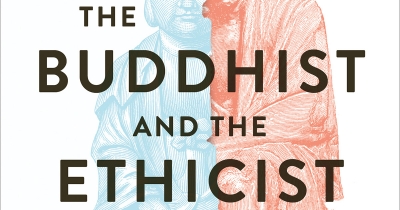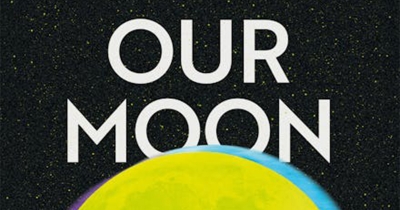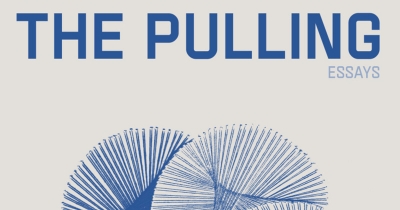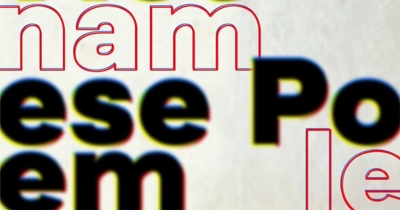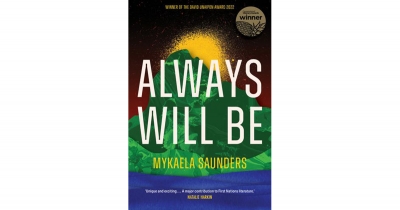Review
The Buddhist and the Ethicist: Conversations on effective altruism, engaged Buddhism, and how to build a better world by Peter Singer and Shih Chao-Hwei
by Adam Bowles •
Rogue Corporations: Inside Australia’s biggest business scandals by Quentin Beresford
by Stuart Kells •
The Trojan Horse and Other Stories: Ten ancient creatures that make us human by Julia Kindt
by Christopher Allen •
We Will Live and Then We Will See by Warwick Sprawson & Big Weird Lonely Hearts by Allen C. Jones
by Debra Adelaide •

